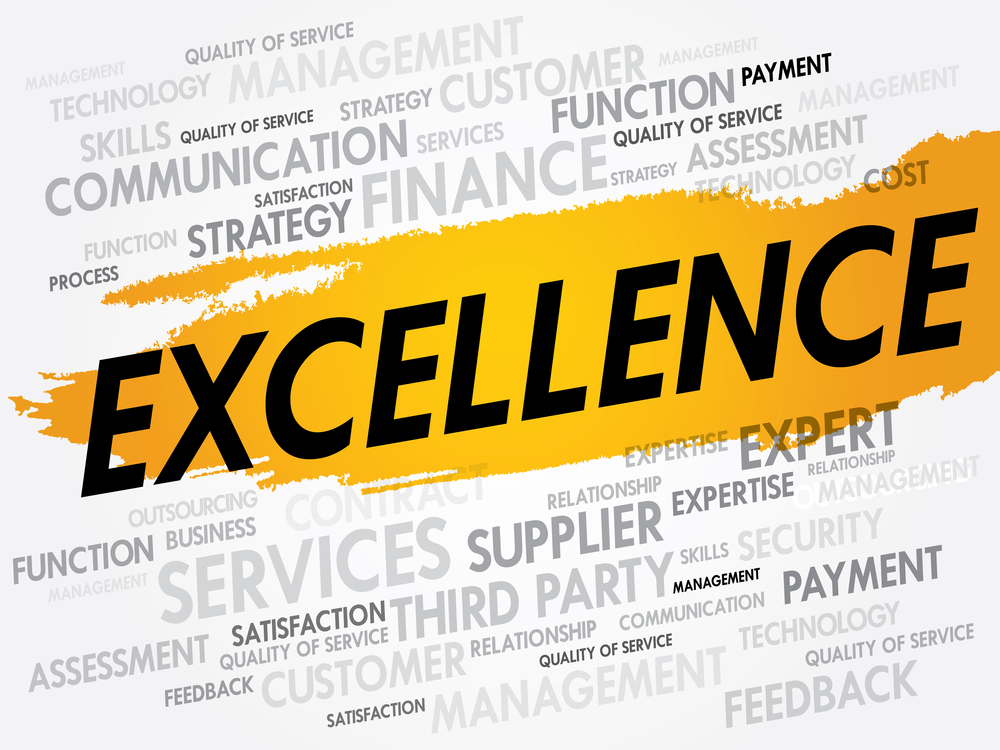Inside the four walls of most companies today, you will find Operational Excellence (OE) or Process Excellence (PE) programs aimed to accelerate the improvement activities of a business. The titles of the programs may or may accurately depict the actual work, as there are no universal definitions for OE or PE. In general, OE programs improve the scalability, reduce cost, increase flexibility, improve quality or adjust the strategic focus of the value creation engine. PE programs historically focus on similar goals, but using processes as the foundational improvement construct. Many consultants and process practitioners speak of the convergence of the realms of OE and PE. This is an important change in business improvement planning. Many of us have learned that processes are very effective tools to use as the basis for planning and executing strategic and operational improvements. Processes are analogous to blueprints, allowing visibility to how all the pieces of an organization operate in tandem to produce outputs. This awareness makes business improvement planning a much more accurate and specific endeavor. Today, I see OE and PE are evolving into a new approach to managing change efforts.
And the next wave is?
With the gradual convergence of OE and PE, it begs the question what is next? Over the years, I’ve discovered a new approach to understanding operations and planning innovations. This new approach is called Customer Focused Process Innovation. From my perspective, management teams have not yet fully exploited the capabilities of process, viewing it solely as a tool to make efficiency adjustments in an already established business. Here the full potential of a process mindset goes untapped. Processes are not only useful to drive improvements. Their potential usage extends to the ongoing management of an organization. Capturing such benefits requires a subtle shift in the prevailing managerial model in companies today. By mapping individuals to processes as opposed to the traditional hierarchical management structure, resources can be allocated, measured, and monitored at the process level. This approach links value creation activities to the resources to deliver the value – a much simplified method. When this type of model is employed, confusion and poorly designed improvements are minimized (although they never completely disappear).
Having employed this model in several significantly sized operations, this approach clarifies the improvement efforts of the organization to a far greater degree and hastens the execution of improvements (less ambiguity, clearer executive directives) and often with a lesser amount of resources. However, a major hurdle remains for the innovative organization. It boils down to a single question – “Are you really delivering the solution the customer wants?” In most organizations, managerial and organizational structures are not designed with the customer in mind. They fire blindly at targets. Ask yourself where the actual customer is denoted on your organizational chart. Even at this advanced stage of my career, I have not yet found the actual customer (not to be mistaken for an internal group called something like “Customer Experience”) represented on a single organizational chart. The customer is central to the success of every organization – the most important stakeholder of all. If they aren’t pleased with your organization’s outputs, it becomes extremely challenging to repeatedly deliver financial returns.
To set the customer in the appropriate place requires us to view operations from a new angle. If we return to our definition of an organization as a set of interconnected and interdependent processes, we can extend these internal processes to connect with the processes of suppliers, business partners, and most importantly – the customers. This creates a larger network that depicts an organization’s ecosystem. To ensure this ecosystem view is accurate, all the contact points with other stakeholders need to be identified and mapped. Often an organization’s relationship to its customer is boiled down to just the purchasing event. This is a very strategically limiting view of the customer relationship. To open minds and take a fresh look at opportunities, I ask my clients to map their customer’s processes. Not just those directly connected to the organization in the current environment, but also those that are performed in isolation today. This complete set of processes includes how the customer identifies the need for a product, shops for a product, configures the product, purchases the product, receives the product, installs the product, uses the product, refuels the product, services the product, and disposes of the product. Once this exercise is complete, the organization has a significantly more complete and accurate view of their current customer relationships. And it comes with the added benefit of providing a multitude of potential opportunities to expand and evolve the relationship with the customer.
The real magic behind the process ecosystem model is its straightforward ability to translate ideas into action plans. Once a leadership team identifies a strategic course of action, the managerial team can plot with precision exactly what pieces of the process ecosystem require adjustments to bring the plans to fruition. By doing so, they also inadvertently identify the stakeholders of the intended change because the managerial structure is aligned to the value creation engine in this model. As the organization evolves in step with environmental changes we begin to see the true impact of Customer Focused Process Innovation. The script goes something like this…Through a continuous conversation with the customer, the organization learns about strategic opportunities – potential targets to grab market share. Hitting these targets is achieved by recalibrating the process ecosystem of the organization in an ongoing manner to deliver exactly what the customer wants.
At one recent engagement, we had the unique opportunity to build a business model from the ground up. We convinced the client to design the end state by using processes. We started with the customer – mapping the processes they used to shop, configure, purchase, insure, finance, service, use, and dispose of the product. Then we focused on the client’s processes. Piece by piece, we build the processes, supporting organization, roles, and technology enablers. At each point in the design, we asked how we could exceed industry norms – what we could do differently to gain a strategic advantage. Using processes as the foundation allowed us to assess the interdependencies as we designed. The end results were impressive. The company was able to cut the time to service a customer to 25% of the original time through the elimination of non value added activities, the reduction of handoffs across performers, and through the introduction of new technologies to automate steps. The company is rapidly gaining market share and has been hailed as an innovator in a rather sluggish industry.
Having seen this model deployed, it is in my opinion that it is the most effective and efficient way for an organization to continuously react appropriately to an ever changing world. While it achieves gains in market share, revenue, profits and strategic flexibility; arguably the greatest impact is on the workforce. When we remove confusion and ambiguity from the organization’s culture, employees become passionate about improving. The end result is a more positive environment coupled with an innovative organization – a surefire recipe for success.

















